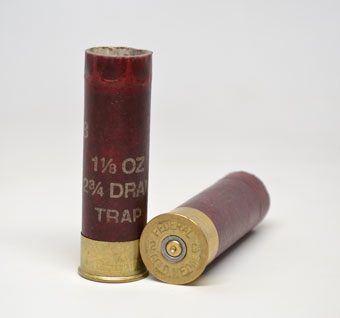"The Remington catalog of 1875 is the first that lists barrels of decarbonized steel for rifle barrels. This is what we call mild steel today. This steel is soft like Damascus, but more ductile. You'll see a lot more repairable dents or gouges in these steels than in a more modern steel. The barrels were rolled from solid metal , without weld or seam. They were rolled to size bored out, then turned and ground proved with a heavy charge of powder and a solid slug of lead. "
"The April 1897 Remington Arms Co. catalogue introduced “Remington steel” barrels on the Remington Hammerless Doubles. Prior to that date shotguns were only offered with Damascus barrels of varying qualities by grade. Two types of steel barrels were introduced at that time: “Remington Steel” and “Ordnance Steel”"
"Remington Steel was the lower grade and was sold for the same price as the ordinary Damascus barrels on A-grade shotguns. It was made “in-house” at the Remington factory."
""Ordnance Steel" is a higher grade, and was especially recommended for heavy charges of nitro powder. The tensile strength of this steel is 110,000 lbs., and elastic limit 60,000 lbs., this being greatly in excess of any strain to which barrels are subjected with reasonable loads of nitro powders. It was available in some rifles and shotguns."
I did not know this until I looked as a response to your post. However, I have worked with Steel my entire professional career. I was the head of a Testing Lab in a steel manufacturing facility for 4+ years. During that time, I was provided a ferrule from a WW1 fighter airplane for testing. It was made from what was labeled "high strength steel" (the label was from WW1). I tested it and found that it was lower strength than the lowest strength steel that can be bought today. In addition, it had a lot more impurities than would be allowed today, particularly sulfer. (PS. "today" means from about 1975 to 1980). I know that steel has continued to increase since then in strength, ductility, and all the other desireable characteristics we use without thinking about it.


